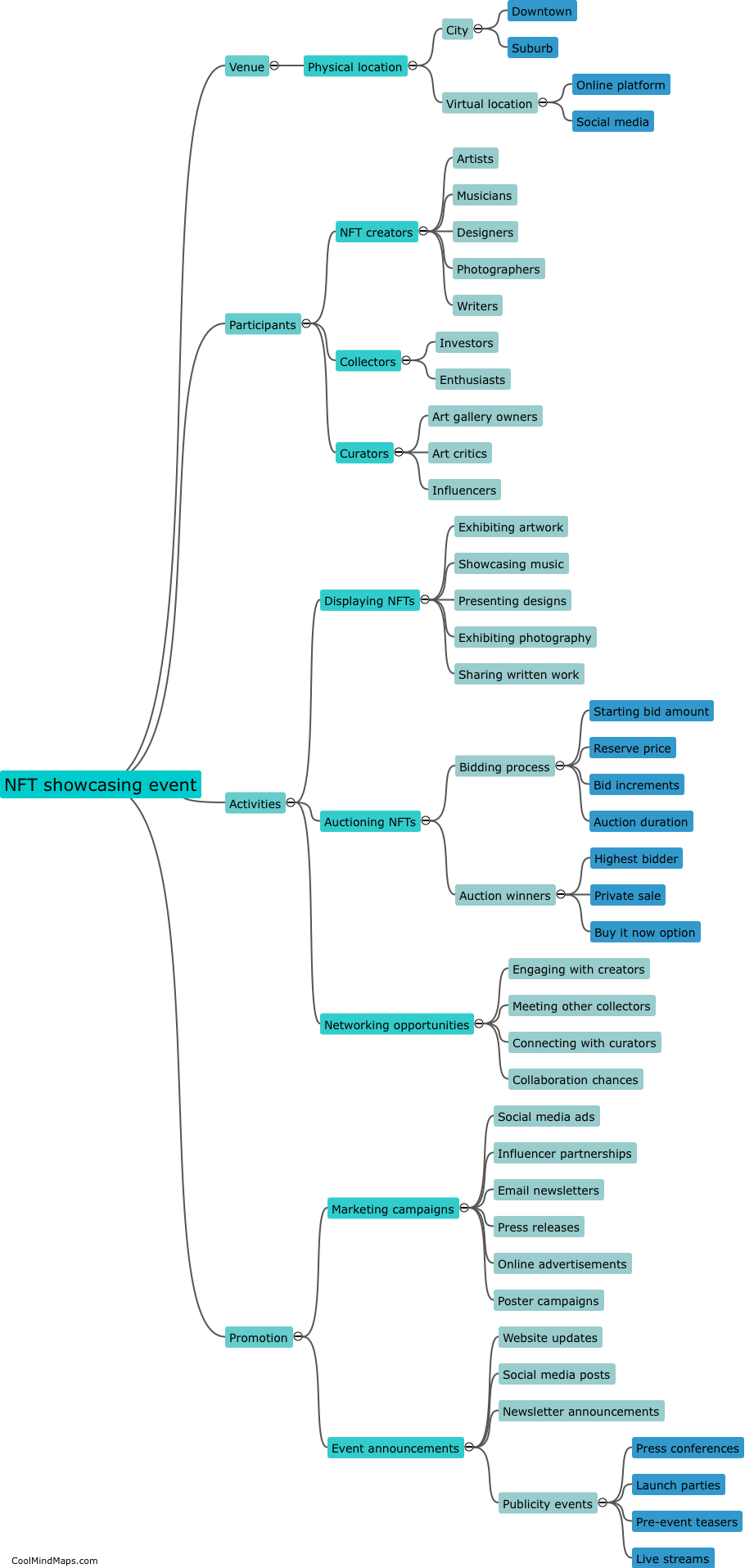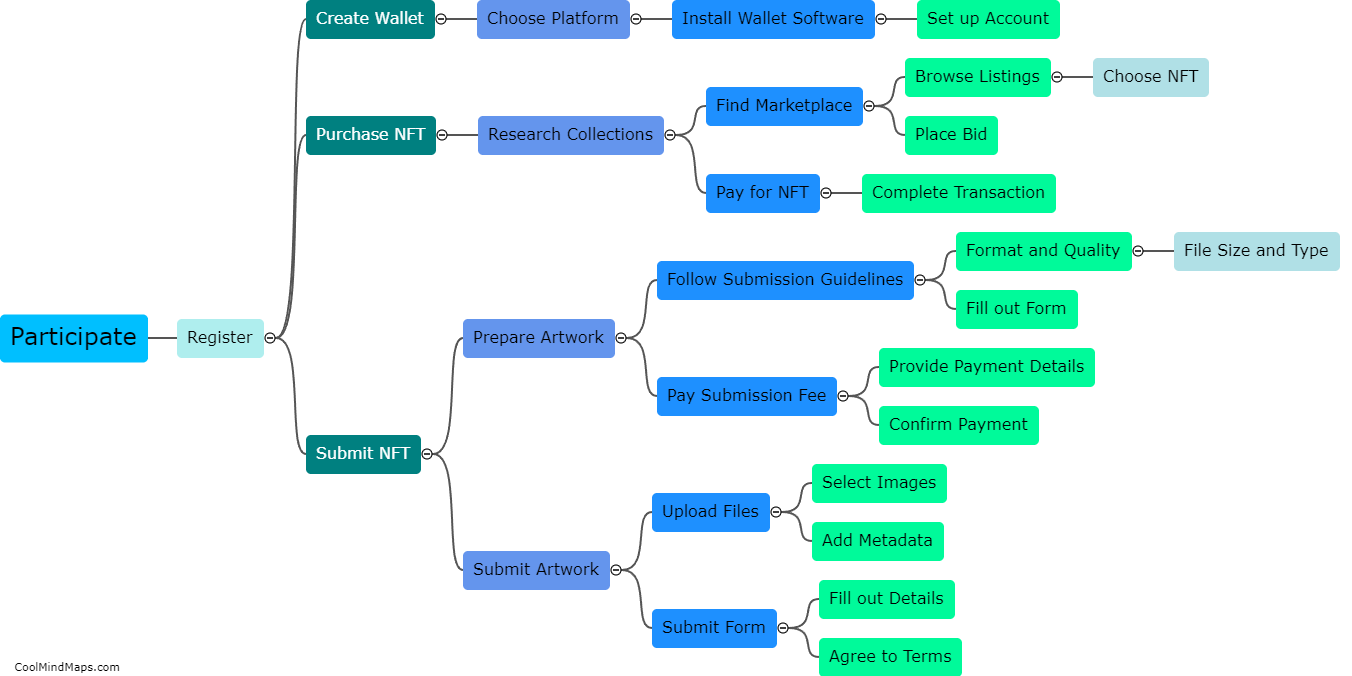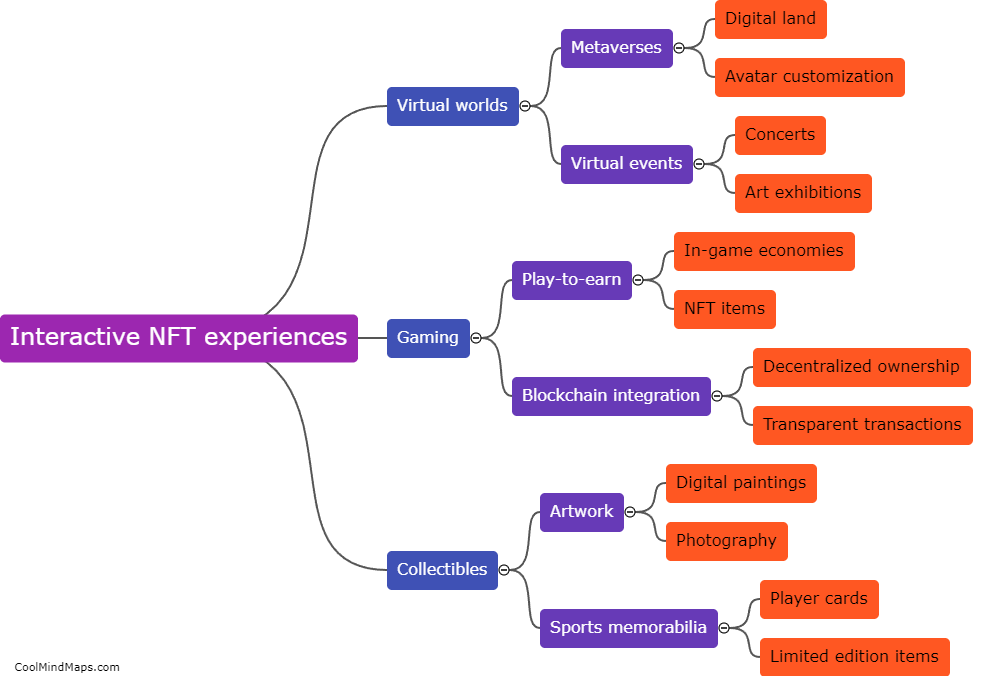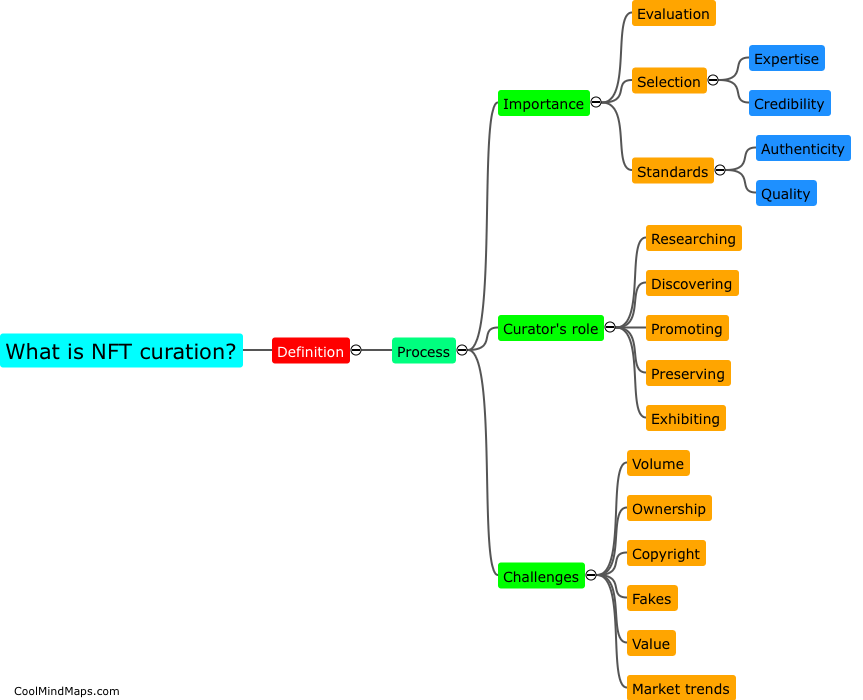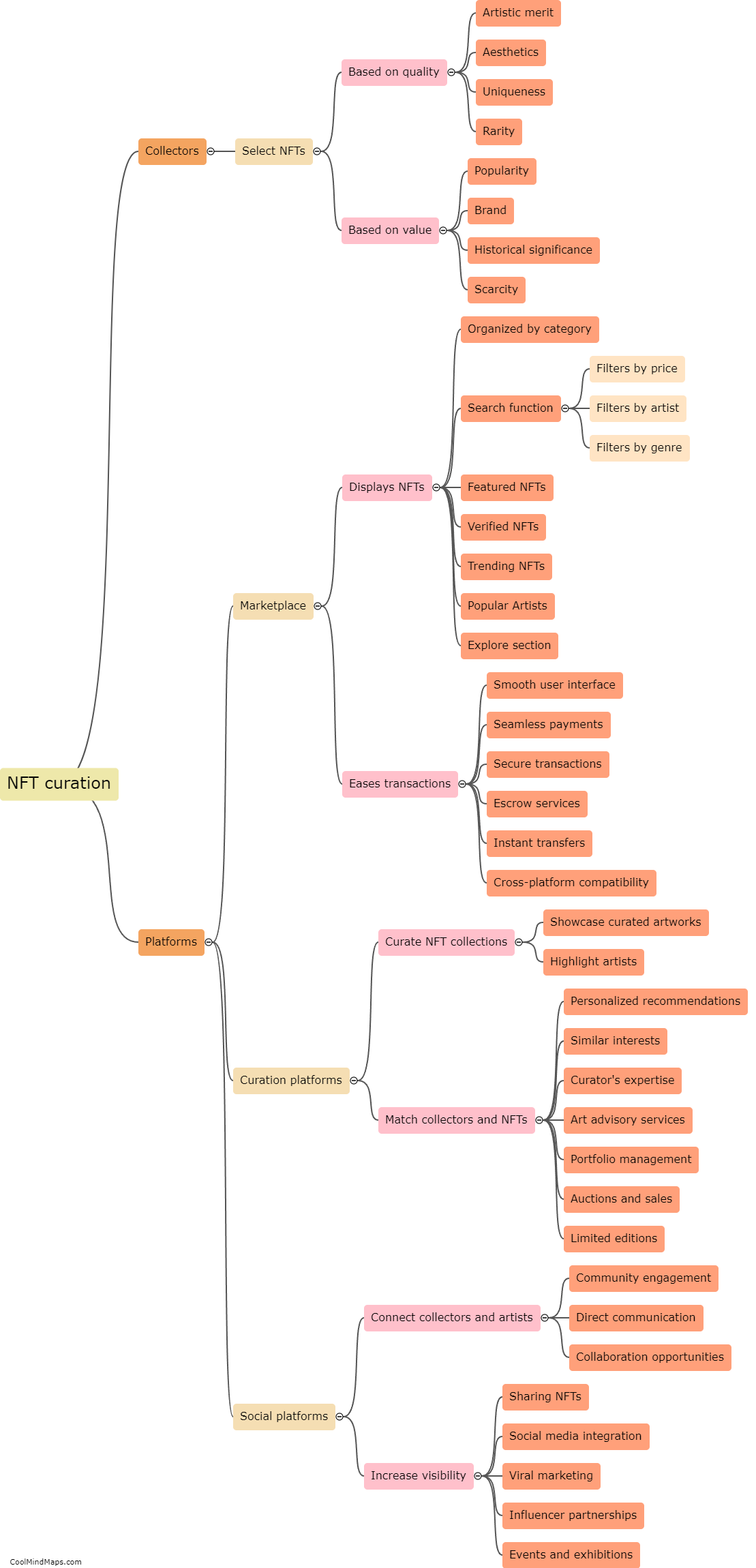What platforms or technologies enable Interactive NFT experiences?
Platforms and technologies that enable interactive Non-Fungible Token (NFT) experiences are constantly evolving and expanding. One of the key platforms is Ethereum, which is the most widely used blockchain for NFTs. Ethereum allows creators to mint and trade NFTs, with smart contracts enabling programmable and interactive functionalities. Additionally, new platforms like Flow, Tezos, and Binance Smart Chain are emerging and providing alternatives for creating interactive NFT experiences. These platforms enable developers to build decentralized applications (DApps) on top of their blockchains, offering unique features and capabilities for interactive NFTs. Technologies such as Web3.js and Solidity are commonly utilized for building the infrastructure and coding the functionality of interactive NFTs. Moreover, there are specialized platforms like SuperRare and Rarible that specifically focus on facilitating interactive experiences and collaborations between artists and collectors. As the NFT ecosystem continually evolves, the possibilities for interactive experiences are expanding, leading to innovative engagement and immersion for users in the world of digital collectibles.

This mind map was published on 15 August 2023 and has been viewed 85 times.




